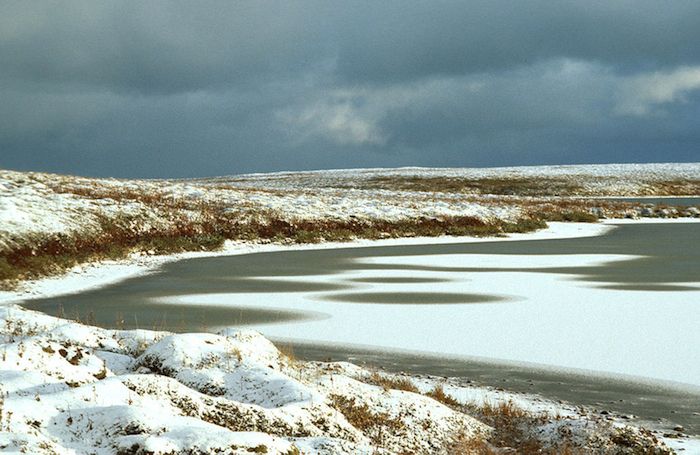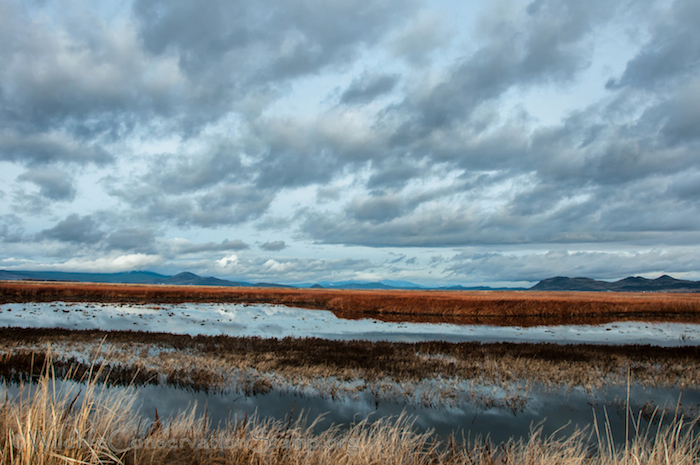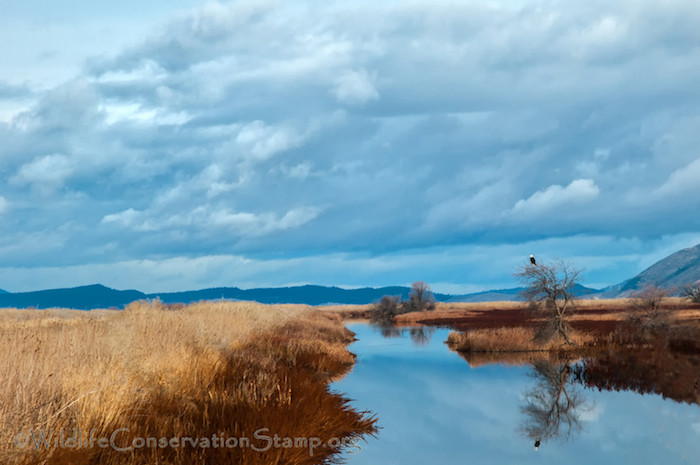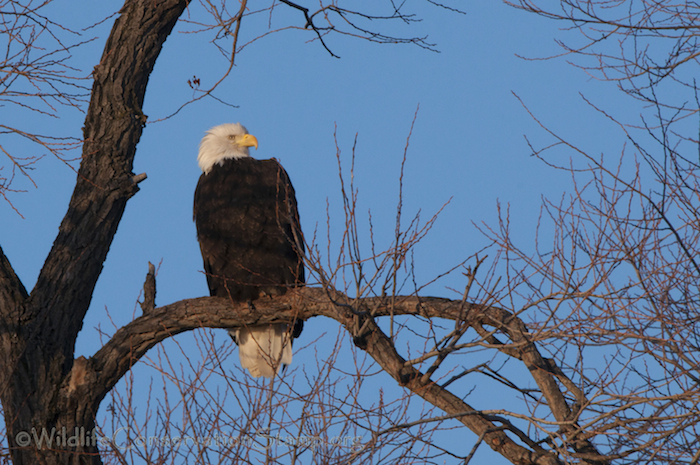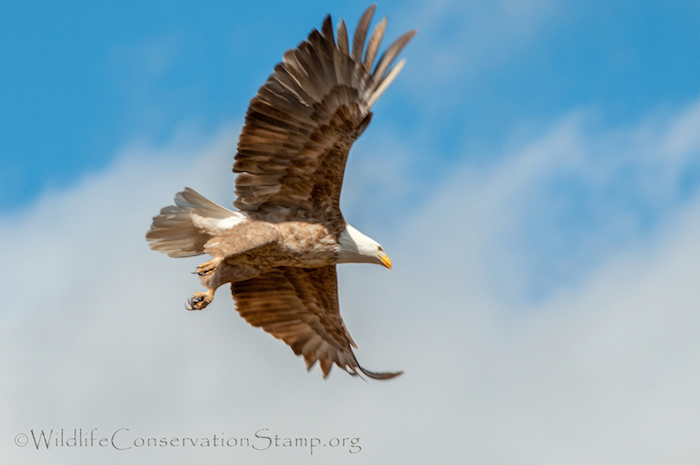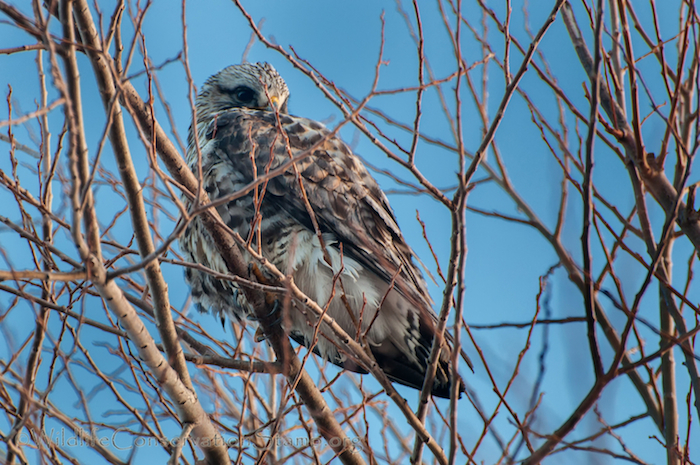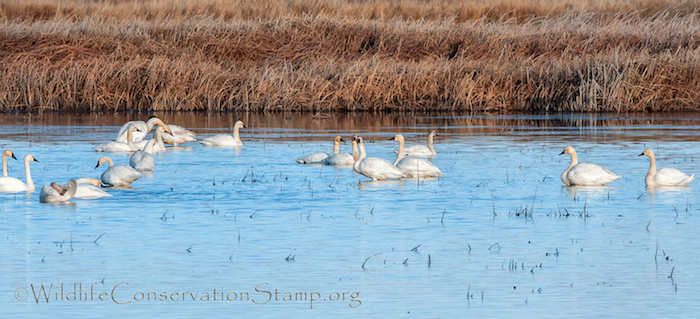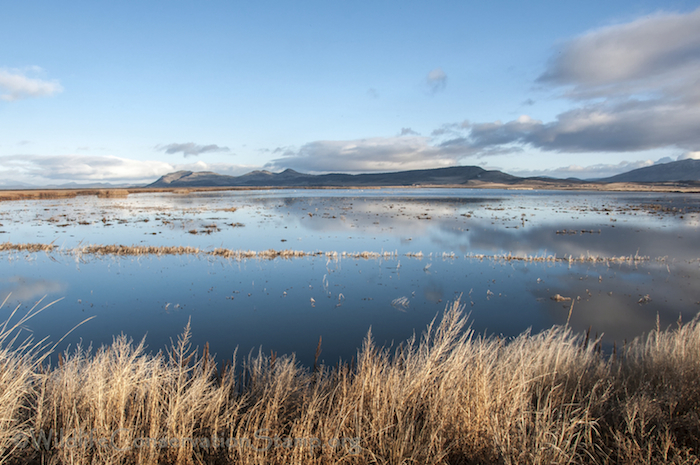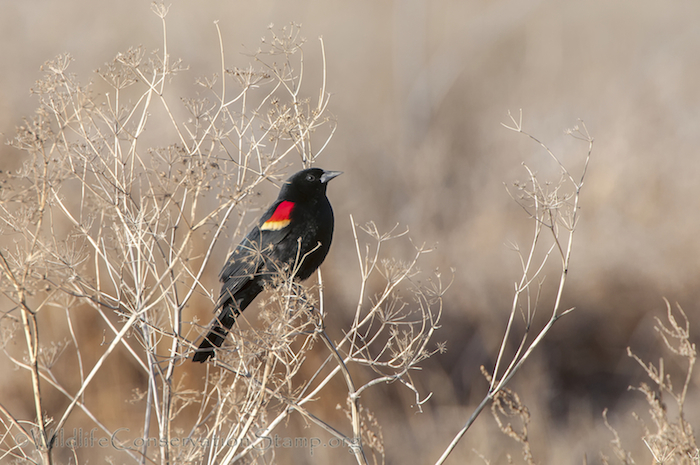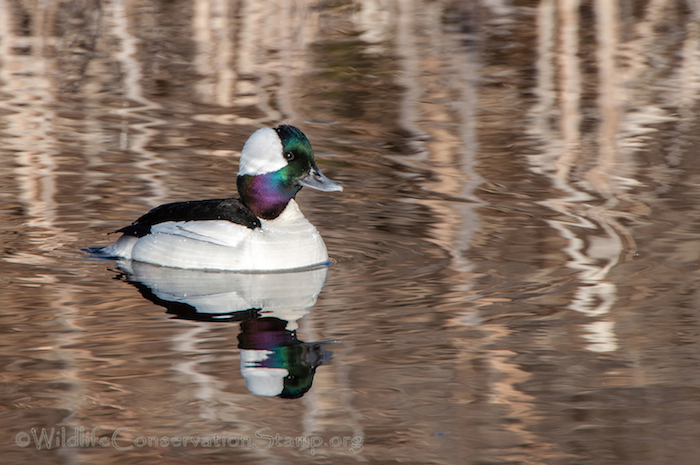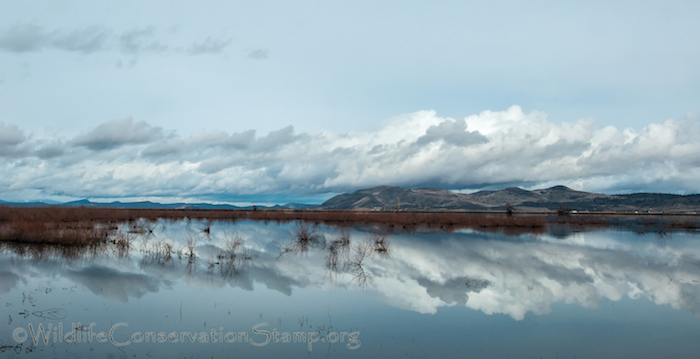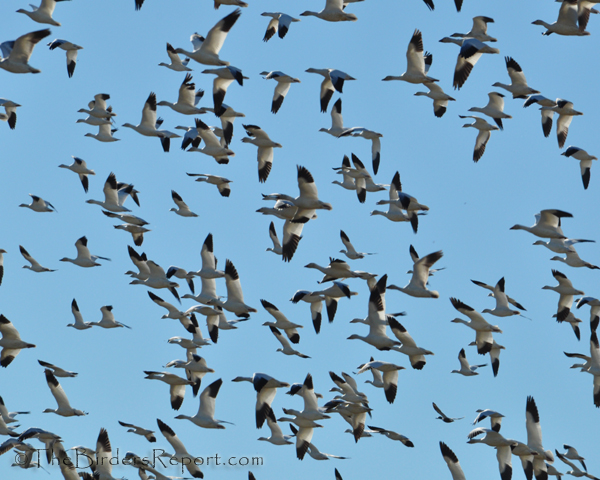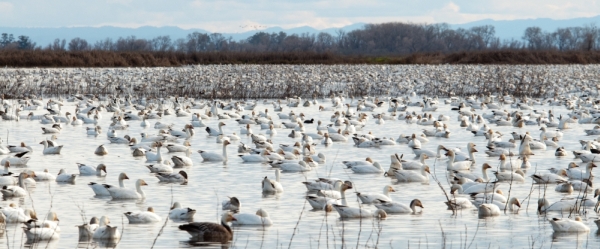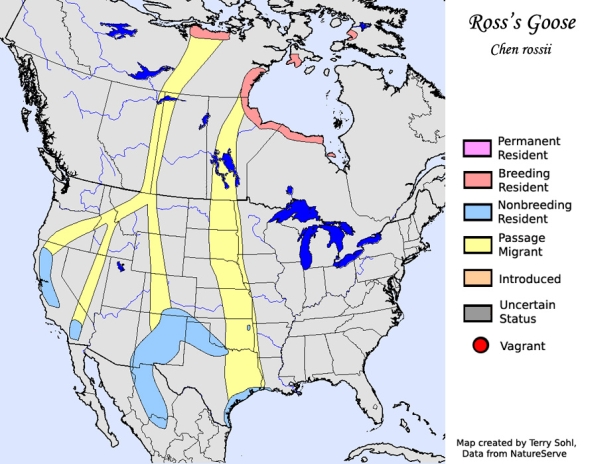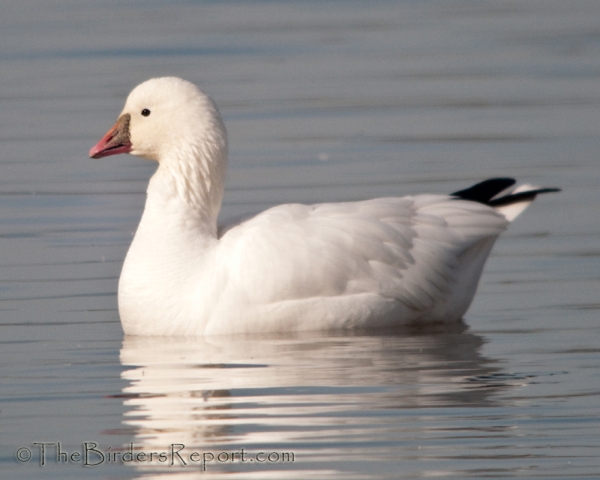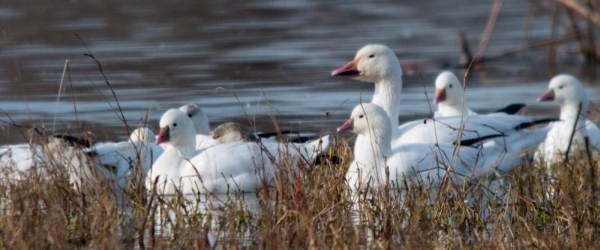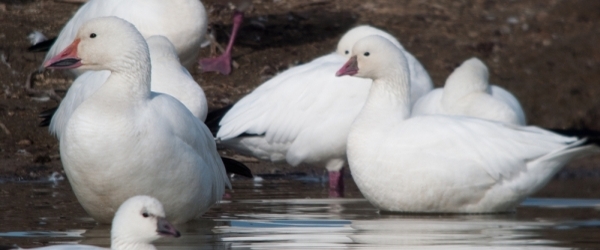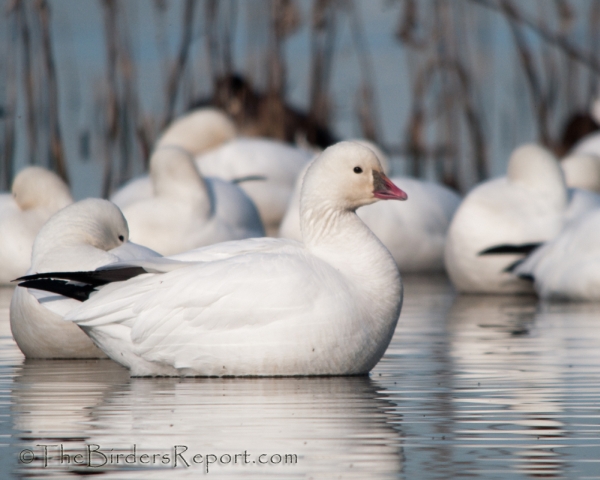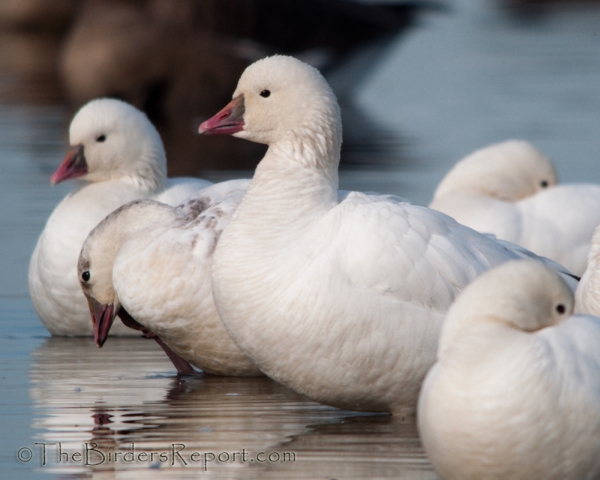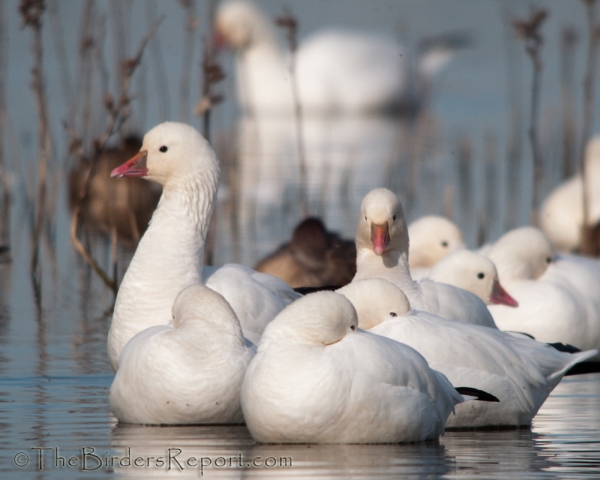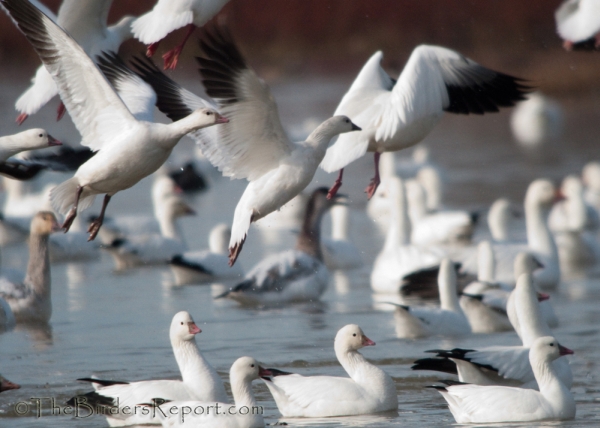Court Upholds Interior Department’s Decision Against Road
ANCHORAGE, Alaska— In a victory for the conservation of Alaska’s wild public lands, the U.S. District Court today upheld U.S. Secretary of the Interior Sally Jewell’s decision to protect Izembek National Wildlife Refuge and its designated wilderness.
Last year the court dismissed most of the legal claims made by King Cove and the state of Alaska, allowing only limited claims to go forward. The federal government has repeatedly studied a proposed land swap and road through the refuge, and consistently rejected the project because of its negative effects on the ecological resources and wilderness values of the refuge.
Izembek’s lagoon complex is a globally important ecosystem that contains one of the largest eelgrass beds in the world, providing food and habitat for fish and crabs that feed migratory birds from multiple continents. Virtually the entire world populations of Pacific black brant and emperor geese, and a significant portion of the threatened Steller’s eider population visits the refuge to rest and feed during spring and fall migrations.
Of Izembek’s 315,000 acres, 300,000 are protected as congressionally designated wilderness.
Since passage of the landmark Wilderness Act in 1964, no wilderness area has been stripped of protection for the purpose of constructing a road.
Organizations dedicated to protecting Izembek intervened in the case to protect the exceptional values of the refuge and its wilderness. The groups were represented by Trustees for Alaska, a nonprofit, public interest law firm.
“This decision is the right choice for Izembek wildlife and many Alaska communities. Izembek provides globally important habitat for migratory birds from several continents, including species that people use for subsistence across western Alaska,” said Jim Adams, policy director for Audubon Alaska.
“Izembek is a gem. It’s a national treasure that is—and should be—protected for generations to come. Today’s ruling is an affirmation that protecting wild places enriches all of us,” said Miyoko Sakashita, senior counsel at the Center for Biological Diversity.
“The court has rightly recognized the weakness in the legal claims underlying this lawsuit, and correctly upheld the Secretary of Interior’s rejection of a deeply flawed proposal to drive a road through this pristine wilderness of international significance,” said Jamie Rappaport Clark, president and CEO of Defenders of Wildlife. “The Izembek National Wildlife Refuge is critically important for iconic wildlife, including brown bears, caribou, salmon and hundreds of species of migratory birds. It deserves to be protected for future generations.”
“The U.S. Fish and Wildlife Service has conducted extensive scientific studies that repeatedly demonstrate the destructive nature of this unnecessary and extremely costly proposed road,” said David C. Raskin, president of the Friends of Alaska National Wildlife Refuges. “We applaud the decision of the court to uphold Secretary Jewell’s wise decision to protect this natural treasure, and we will continue our efforts to find a non-destructive solution to the concerns of the local communities.”
“We are heartened that the U.S. District Court recognized the congressionally designated wilderness resources of the Izembek National Wildlife Refuge by upholding a decision by Secretary Jewell and the U.S. Fish and Wildlife Service,” said David Houghton, president of the National Wildlife Refuge Association. “We can now move forward with helping the people of King Cove find a transportation solution that does not include a road through one of the most biologically important places on the planet.”
“The U.S. Fish and Wildlife Service and the Department of the Interior have studied this issue exhaustively, and ruled that the road should not be built,” said Nicole Whittington-Evans, Alaska regional director for The Wilderness Society. “We are very pleased by the court’s ruling, and hope that this issue can finally be resolved by all parties working together to find a non-road alternative that will address local residents’ concerns while leaving Izembek’s globally significant resources intact.”
“Wilderness Watch and all of our members are gratified by the U.S. District Court ruling which upholds the decision made by Secretary Jewell against building a road across the Izembek Wilderness,” said Fran Mauer, Wilderness Watch Alaska chapter representative. “We will continue to work to assure that this great wildlife refuge and wilderness remains as it is, wild and free of human developments.”

